The question, "How long does a tire last?" tends to be followed by several others like, “What causes a tire to wear? When should tires be replaced? What can be done to make tires last longer?” Fortunately, we can help provide clarity around these questions.
There is no exact answer to how long a particular tire will last, but there are things a driver can do to get the most out of their tire investment and avoid driving on unsafe tires. On average, people drive between 12,000 to 15,000 miles a year, which means the average good quality all-season tire will last somewhere between three and five years, depending on maintenance, driving style and conditions, etc.
The National Highway Traffic Safety Association (NHTSA) states a driver is three times more likely to be involved in a crash caused by poor tire condition. Safer is smarter when it comes to the health of tires, so if there is ever a question on tread wear or age, have the tires checked.
Multiple factors play a role in how long a tire may remain in service. Miles driven, road conditions, driving style, maintenance and age all affect how long a tire lasts.
Worn vs. Aged
Tires naturally wear the more they are driven and worn out tires provide reduced traction compared to those with adequate tread, especially in adverse weather conditions. Most drivers understand worn out tires (remaining tread depth at or below 2/32”) should be removed from service.
Many drivers are not aware that minimally used tires, like the ones on recreational vehicles, collectible cars, or even spare tires, tend to experience aging instead of wearing, due to a lack of driving. An aged tire has a substantial amount of tread; however, the structural integrity of the tire is weaker because the tire needs to be driven for the chemicals in the rubber to remain effective.
Curbs, Potholes, and Other Hazards
Hitting curbs or driving on roads in poor condition (potholes, broken pavement, poorly graded railroad crossings, unpaved roads, etc. ) can cause misalignment, and suspension damage that affects tire wear. If your daily drive includes these challenges, be sure to schedule annual suspension, alignment and tire checks.
) can cause misalignment, and suspension damage that affects tire wear. If your daily drive includes these challenges, be sure to schedule annual suspension, alignment and tire checks.
Weather Conditions
Driving in poor weather conditions like ice, snow, and rain can cause tires to wear quicker because they must work harder to maintain traction. Purchasing tires that are specially engineered to perform in specific weather conditions can provide drivers with an extra measure of traction and control (meaning greater safety) while delivering good treadwear.
Bridgestone offers different types of tires designed to keep you and your car safe during any weather or road condition. For example, Bridgestone's Blizzak tire series is built to perform in harsh winter weather conditions providing durable traction on snowy and icy roads, and the Dueler tire series is one of several that offer a secure grip on wet road conditions for areas that experience heavy rain.
Poor Driving Habits
Poor driving habits like hard cornering, quick acceleration, and sudden braking can increase the stress on tires tremendously, causing them to wear rapidly. Drivers can extend the life of their tires significantly by avoiding aggressive driving.
Drivers can extend the life of their tires significantly by avoiding aggressive driving.
Neglected Maintenance
It is important to regularly have tires checked for damage, to maintain air pressure levels, and to keep tires aligned and rotated. Without proper maintenance, tire life can be reduced by as much as half - even more, in some cases.
If the below signs are evident with your tires, it may be time to have them replaced.
Low Tread Depth
Tread loss is a significant sign a tire needs to be replaced. Low tread is a sign driver can physically see happening on their tire. Depending on the part of the tire that is wearing, there may be other problems with the vehicle.
Pronounced inner or outer shoulder wear: tires are misaligned
Edge of the shoulder wear: tires are under-inflated, need to be rotated or both.
Center wear: tires may be overinflated or have been subjected to extremely hard acceleration.
Cupped wear: the vehicle is experiencing suspension problems
All tires have tread wear indicators built-in, but if the tread looks low take time to do the penny test on the tires.
Rough Drive
If you’re experiencing a vibration (particularly if it just started), or high (and increasing) levels of tire noise it may be a sign your tires are out of balance, not wearing properly or have a structural issue. In some cases, this may affect safety, so have your tires checked by a qualified professional asap.
DOT Number
The U.S. Department of Transportation (DOT) number on the tire’s sidewall is another way to help keep track of when they need to be replaced. It’s easy to identify - look for the letters “DOT” followed by eleven or twelve letters and numbers. On tires made after the year 2000 the final four digits signify the week and year of manufacture. So, a tire with “3618” would have been made in the 36th week or 2018. A tire that has a 3-digit week-and-year code means the tire was made before the year 2000 and should be replaced due to age.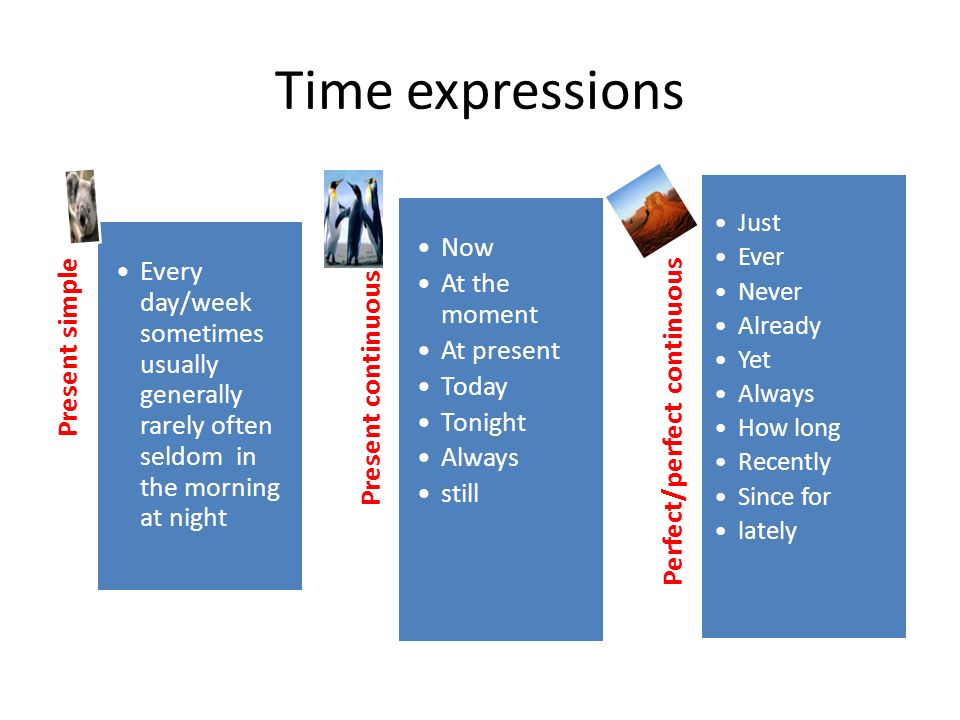
Bridgestone recommends that its Bridgestone or Firestone brand tires be removed from service after ten years regardless of their remaining tread depth. They also recommend periodic inspections by a qualified technician for damage such as punctures, impact damage, signs of improper inflation or overloading, or other conditions resulting from the use or misuse of the tire.
Tires are both one of the largest maintenance expenses a vehicle owner is likely to face, and one of the most critical in terms of driving safety and performance. For both reasons it’s important to care for them properly. Bottom line: good maintenance and driving habits help keep drivers safe, and it saves them money by extending tire life.
Easy Does It
Tire life can be reduced by as much as half when they’re subjected to a lot of hard braking and aggressive acceleration from a standstill. Avoiding tailgating to reduce the need for frequent hard braking will increase tire life. Easing into the throttle when pulling away from a stop reduces strain on the tires and improves wear. Slowing before sharp corners also reduces stress on tires, as does avoiding potholes and broken pavement when possible. If you’re interested in spending less on tires, following these steps can help.
Easing into the throttle when pulling away from a stop reduces strain on the tires and improves wear. Slowing before sharp corners also reduces stress on tires, as does avoiding potholes and broken pavement when possible. If you’re interested in spending less on tires, following these steps can help.
Regular Maintenance
Another way to extend tire life is to keep up with the proper maintenance of a vehicle and its tires. A couple of things you can do yourself are to check the air pressure and tread depth. You should have a qualified technician periodically check their balance and alignment and be sure to have tires rotated at regular intervals. maintenance is essential for your tires to perform their best and last their longest.
Tires November 3, 2019
If your tires are out of commission, so is your car. Think about it: your tires are your car’s only contact with the road. They need to be in tip-top shape to ensure your safety and the safety of other drivers on the road.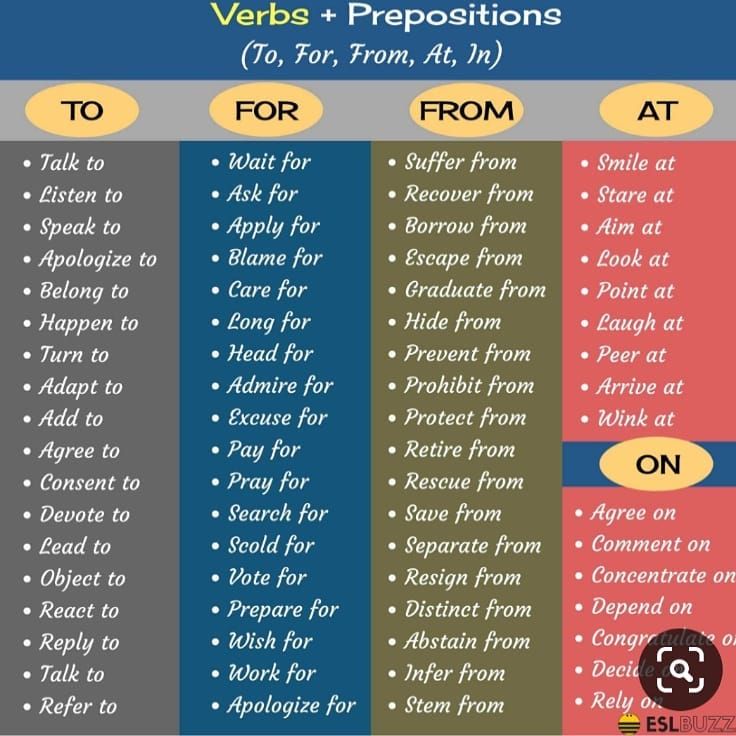
So, how long should tires last? The straightforward answer is “it depends.” A normal set of tires should last for 60,000 to 75,000 miles, or about four to five years. But there are a few key factors that will affect your tires’ lifespan. Keep scrolling to learn more.
How Long Should Tires Last? 6 Factors to Consider:1. The ManufacturerThe average tire on the market is designed to last about 60,000 miles, says Dan Zielinski, spokesman for the U.S. Tire Manufacturers Association, but every tire is different.
“Some tire manufacturers offer a warranty as high as 80,000 miles or more, reflecting confidence in that particular product’s longevity based on its engineering, technology and design. Other tires may be built to provide 30,000 miles of service.”
The type of tires you purchase also plays a role in how long they last. For example, in a study conducted by Consumer Reports, ultra-high performance tires lasted nearly half the amount of miles than family-car tires.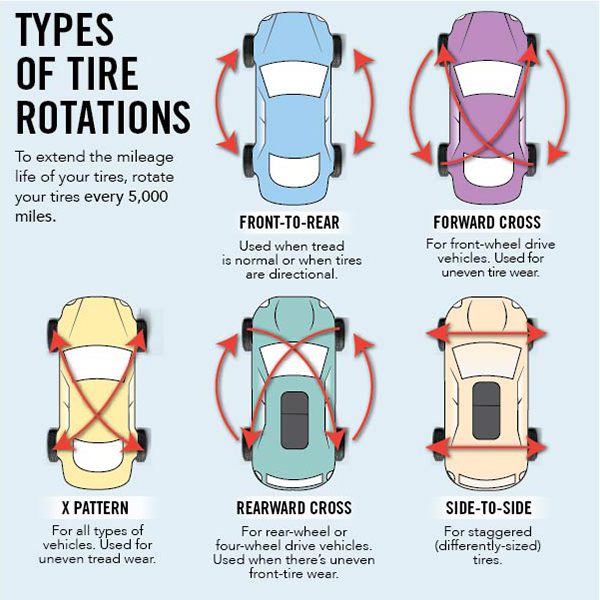 Additionally, all-season, summer and winter tires will have different treadwear ratings and, therefore, different lifespans.
Additionally, all-season, summer and winter tires will have different treadwear ratings and, therefore, different lifespans.
Believe it or not, the vehicle on which your tires are mounted plays a role in how long they last.
SUVs and trucks put more weight on tires than a sedan, so if your vehicle isn’t outfitted with the appropriate tires, the tires might wear out faster than expected.
Other times, there isn’t a clear explanation as to why one car model’s tires last longer than another’s. According to autos.com, certain models of the Honda CRV have experienced premature tire wear and damage, increasing the risk of blowouts or accidents on the road.
3. Driving StyleEveryone knows someone who drives like they’re in a real-life version of Mario Kart. These individuals are at a higher risk for prematurely worn-out tires. If you regularly subject your vehicle to hard acceleration, heavy loads, and aggressive driving over speed bumps and potholes, your tires will take a hit.
In addition to driving style, the amount you drive each year also contributes to your tire life. On average, the American driver clocks between 13,000 and 14,000 miles a year, according to the Federal Highway Administration. Some drivers, however, drive much more or less than that.
Did you know that 81% of commuters in Fairfax County drive a car to work? That’s the highest percentage in the D.C. area! So it’s especially important for those of us in Northern Virginia to take care of our tires.
Read: Car Maintenance is Crucial for Northern Virginia Commuters. Here’s Why.
4. Where You LiveIn addition to how you drive and how much you drive, where you drive is another factor to consider when evaluating how long tires last.
Tire wear differs based on the terrain you drive and the region in which you live. Lower temperatures mean lower pressure in your tires, which can result in underinflation, flats and, ultimately, unsafe driving conditions. On the other end of the spectrum, extremely high temperatures cause the pavement to warm up, creating more friction between your tires and the road. The increase in heat emission coming from your tires can be dangerous if they aren’t inflated properly or are cracked or damaged.
On the other end of the spectrum, extremely high temperatures cause the pavement to warm up, creating more friction between your tires and the road. The increase in heat emission coming from your tires can be dangerous if they aren’t inflated properly or are cracked or damaged.
Exposure to sunlight and warmer temperatures also shortens tire life, so tires in warmer, Southern climates tend to require replacement faster.
Regardless of where you live, it’s best to avoid damaged roads, potholes and gravel roads as much as possible. Think about it this way: if it’s best for your safety, it’s most likely best for your tires, too.
5. Maintenance RoutineIf you really want your tires to last, practice proper tire maintenance. Here’s how:
 (The Tire Industry Association recommends getting a tire rotation every 5,000 to 7,000 miles.)
(The Tire Industry Association recommends getting a tire rotation every 5,000 to 7,000 miles.)Read: Tire Maintenance 101: Taking Care of Your Tire
6. Tire AgeNo matter the tread depth, if a tire is more than six years old, you should start thinking about replacement.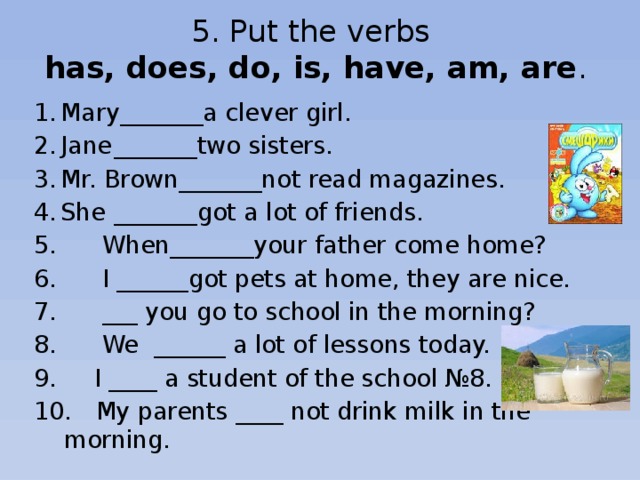 That’s because the rubber compounds in a tire deteriorate over time, resulting in dry rot. Dry rot makes your tires more susceptible to blowouts and tread separation.
That’s because the rubber compounds in a tire deteriorate over time, resulting in dry rot. Dry rot makes your tires more susceptible to blowouts and tread separation.
Vehicle and tire manufacturers usually recommend replacing your tires if they are 6-10 years old, regardless of tread depth. But for most drivers in Northern Virginia, their tire tread will wear out before the tires get that old.
Don’t forget about your spare! Depending on how old your car is, you could be driving around with a spare tire long past its prime. If the tire is more than 10 years old, replace it.
Ready for New Tires?Bring your vehicle into Virginia Tire & Auto and we can assess the condition of your tires. If it turns out that you need a full replacement, we’ll help you choose the right tires for your vehicle and get you back on the road. You can also find tires using our online tool and schedule a visit at your convenience.
Many factors influence the life expectancy of tires. But for any type of tires there are well-defined permissible limits, upon reaching which it is better to replace the rubber.
But for any type of tires there are well-defined permissible limits, upon reaching which it is better to replace the rubber.
Everything is quite simple. For summer tires, the wear limit is a residual tread depth of 1.6 mm, for winter and all-weather tires - 4 mm. Usually this milestone is reached, depending on the driving style and characteristics of the car, in the range from 40 to 70 thousand kilometers.
Photo drive2.ru
With average movements, this is about 2-3 years of operation. At the same time, you should not hope that wear affects only the tread depth. Over time, the metal frame of the tire and its adhesion to the rubber layers are also subjected to deformation.
In the event of irreparable damage to one of the wheels, or upon reaching a significant total mileage, you should take care to purchase a new set, or at least a pair of wheels to replace on one axle. In the latter case, with any type of drive, new tires are installed on the front axle.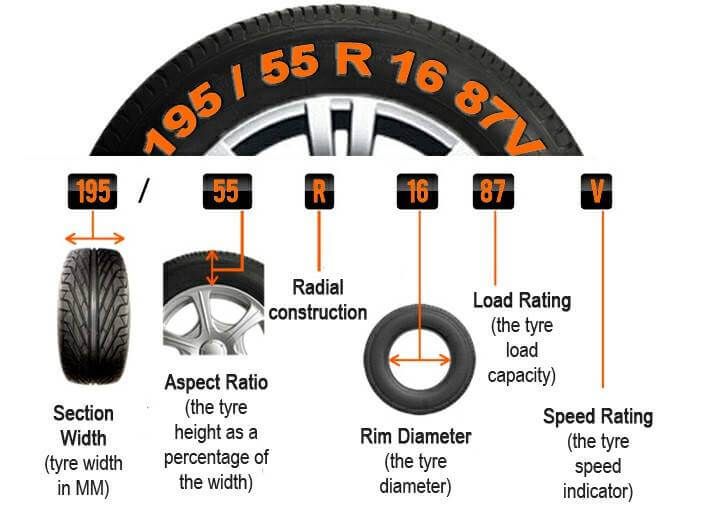 Back - the most "live" of the remaining from the old set.
Back - the most "live" of the remaining from the old set.
Those who drive a car a little, rolling no more than a few thousand kilometers a year, also should not think that their tires will last for decades. According to the requirements of domestic GOSTs, the service life of a car tire should be no more than 5 years from the date of manufacture.
For example, Continental recommends changing all tires (including the spare) when they are 10 years old. With small annual runs, you can focus on this age. The date of manufacture of the tire is indicated on the sidewall - usually it is applied in the form of an oval with four numbers inside.
Photo drive2.ru
The last two numbers indicate the year the rubber was manufactured, the first two indicate the ordinal number of the week in that year. In order for a set of tires to last as long as possible, you should not only use them carefully, but also periodically rearrange them - according to the recommendations of the automaker. And the wheels should be stored properly.
And the wheels should be stored properly.
► Subscribe to allcarz.ru on Telegram
During storage, avoid direct sunlight on the rubber - they age it greatly. Tires on rims can be stacked, while tires without rims are best stored vertically. Always check the condition of the tire before installation. It should not have cracks in the tread and sidewalls, it should not be dry (that is, it should not resemble rubber in composition, but sintered plastic).
Winter tires have an even shorter lifetime than summer tires. This is due to both a shallower tread pattern and a softer rubber compound. If the tread depth of new tires is 7-8 mm, then when wear reaches 3-4 mm, many grip properties are lost, and most of the metal elements fall out of studded tires.
Photo vezikolesa.ru
Usually the real resource of a winter kit is no more than 30,000 km. Theoretically, "bald" winter tires can be "rolled" in the summer, but it must be understood that their composition and tread pattern are not at all intended for driving on heated summer asphalt.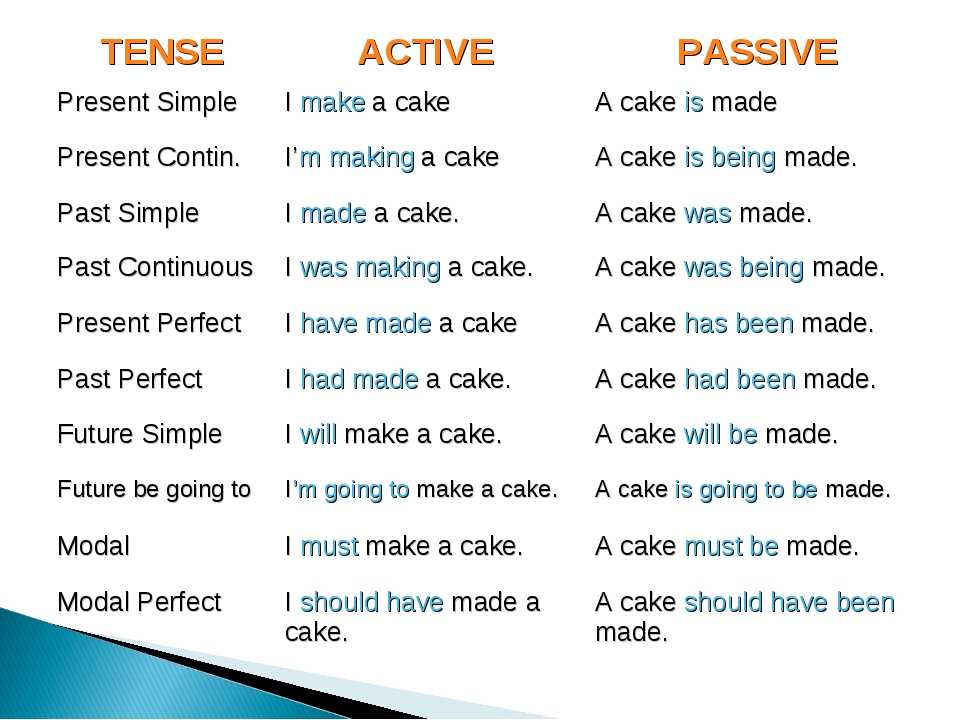 This means that grip will be much worse, and the car will be less predictable in behavior, especially when braking.
This means that grip will be much worse, and the car will be less predictable in behavior, especially when braking.
In general, if the tread has not yet worn out to its limit values (1.6 mm for summer tires and 3 mm for winter tires), then the rubber should be changed after 10 years from the date of issue. Also, tires with a cracked rubber coating or mechanical damage will require replacement.
Photo by auto-virage.ru
See also: Colored circles and stripes on tires: why are they needed and what do they mean?
Noticed a typo on the site? Select it and press Ctrl+Enter
Every driver, buying a set of tires, be it winter or summer, is faced with the fact that tires may not always be "fresh". The concept of "freshness", of course, each person has his own. Often tires are stale in warehouses for various reasons. In the practice of our online store, there are similar cases that lead to some not always pleasant discussions with a client or supplier. Therefore, we turned to the leading, in our opinion, manufacturers in the Eastern European segment of the tire market. We chose four manufacturers, in each price category:
Therefore, we turned to the leading, in our opinion, manufacturers in the Eastern European segment of the tire market. We chose four manufacturers, in each price category:
Budget tires - Rosava ;
Average price category (Europe) - Nokian (Nordman) ;
Average price category (Far East) - Nexen ;
Premium tires - Goodyear .
It should be noted that the Nexen Roadstone company (or rather the representative office) asked not to publish their answer in this article.
In addition, we looked into the State Standards of Ukraine, the Russian Federation and turned to the quality standards of the European Union.
Budget tires (Rosava)
Of course, there are cases when rubber lasts for more than five years, but in such cases, the largest domestic manufacturer Rosava does not guarantee the preservation of all operational standards and advantages.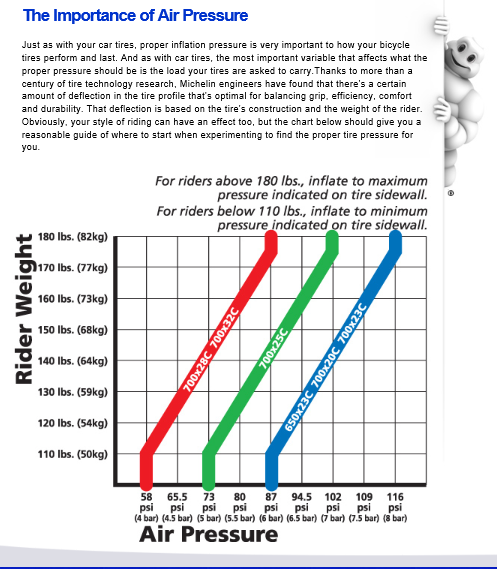
That is, roughly speaking, if you plan to use tires for 3 years, then be sure to make sure that the tires you buy are under 2 years old. The rest is at your risk.
Nokian mid-price tires
Since Nokian tires are mainly made in Russia, in this case we contacted the local representative.
Roughly speaking, the manufacturer claims that for 5 years Nokian tires practically do not lose their properties, after this period the tires, alas, no longer meet the original standard. That is, rubber of the middle price segment is used much longer than state employees.
Goodyear Premium Tires
Goodyear, famous not only for its products, but also for the tires of its sub-brands (Dunlop, Sava, Barum, Fulda, etc.) did not specify the exact life of their wheels, but did provide a few signs when the rubber produced by this company needs to be replaced.
Regarding the service life, a rather vague answer was given:
If we turn to numbers, the shelf life of premium class rubber cannot be lower than the service life of tires in the middle price segment, so you can calmly focus on 5-10 years. For example, Toyo, on its official website, gives us a figure of 10 years of safe use. Roughly speaking, having bought a five-year-old rubber, you can safely use it for another 5.
For example, Toyo, on its official website, gives us a figure of 10 years of safe use. Roughly speaking, having bought a five-year-old rubber, you can safely use it for another 5.
The information we received during the analysis, you can see on the following graph:
Of course, the above information is not true in the last instance, and rubber storage conditions play a big role. However, we hope this article will give you at least an idea of the tire life of tires and show you in general terms what the difference between tires of different classes is.
| What is the XL marking on a tire? XL (Extra Load) - marking on the tire, which literally means "extra load". This indicates that the tire is designed for more weight than standard rubber.. February 23, 2023, 15:32 | |
| What winter tires to buy? Expensive or cheap? To begin with, it is worth knowing the division into classes of car tires.  | |